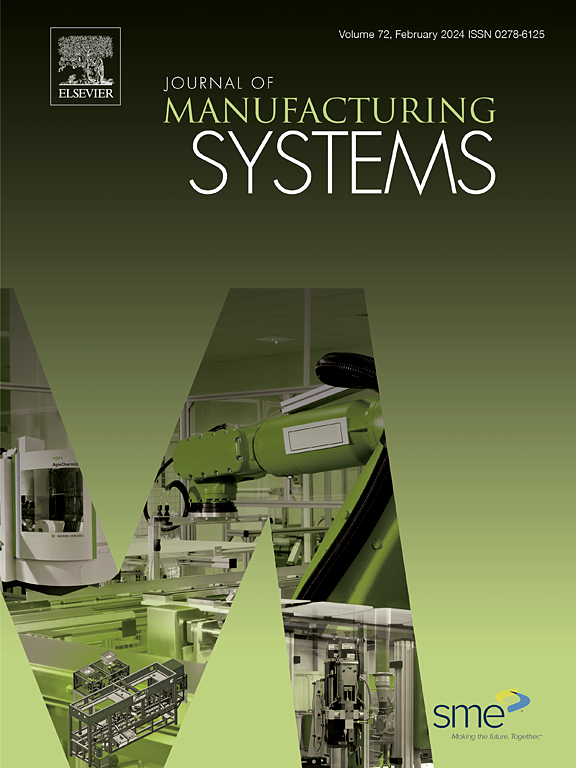A digital twin-driven industrial context-aware system: A case study of overhead crane operation
IF 12.2
1区 工程技术
Q1 ENGINEERING, INDUSTRIAL
引用次数: 0
Abstract
With advancements in Information and Communication Technologies (ICT), traditional manufacturing industries are engaged in a digital transformation. This transformation enables the acquisition of vast amounts of data and information, enhancing decision-making capabilities. This, in turn, has raised the expectations of field operators who seek data and information management tailored to the dynamic working environment, thereby improving efficiency in their daily operations. However, there is a lack of a holistic approach to integrating diverse data sources, extracting valuable contextual information, and delivering real-time information to field operators. This paper addresses this gap by proposing an adaptive, interoperable, and user-centered Context-Aware System (CAS). Initially, the paper explores the challenges and requirements associated with CAS’s current practices while proposing potential solutions. Furthermore, it introduces a system framework of CAS that integrates Digital Twin (DT) and semantic technologies. This framework includes three primary technical solutions: (1) Integrating DT to create a comprehensive digital representation of physical entities, enabling real-time data integration and synchronization; (2) Providing an ontology-based approach to model manufacturing context, facilitating knowledge representation and reasoning; (3) Developing a user-centered information delivery system leveraging Augmented Reality (AR) for context-aware visualization. The system architecture has been implemented and tested in a laboratory-scale industrial environment, focusing on crane operations within logistics scenarios. Lastly, three use cases are presented to demonstrate the system’s practical applicability, showcasing its feasibility in furnishing informed contextual information to end-users within the dynamic manufacturing environment.
求助全文
约1分钟内获得全文
求助全文
来源期刊

Journal of Manufacturing Systems
工程技术-工程:工业
CiteScore
23.30
自引率
13.20%
发文量
216
审稿时长
25 days
期刊介绍:
The Journal of Manufacturing Systems is dedicated to showcasing cutting-edge fundamental and applied research in manufacturing at the systems level. Encompassing products, equipment, people, information, control, and support functions, manufacturing systems play a pivotal role in the economical and competitive development, production, delivery, and total lifecycle of products, meeting market and societal needs.
With a commitment to publishing archival scholarly literature, the journal strives to advance the state of the art in manufacturing systems and foster innovation in crafting efficient, robust, and sustainable manufacturing systems. The focus extends from equipment-level considerations to the broader scope of the extended enterprise. The Journal welcomes research addressing challenges across various scales, including nano, micro, and macro-scale manufacturing, and spanning diverse sectors such as aerospace, automotive, energy, and medical device manufacturing.
 求助内容:
求助内容: 应助结果提醒方式:
应助结果提醒方式:


